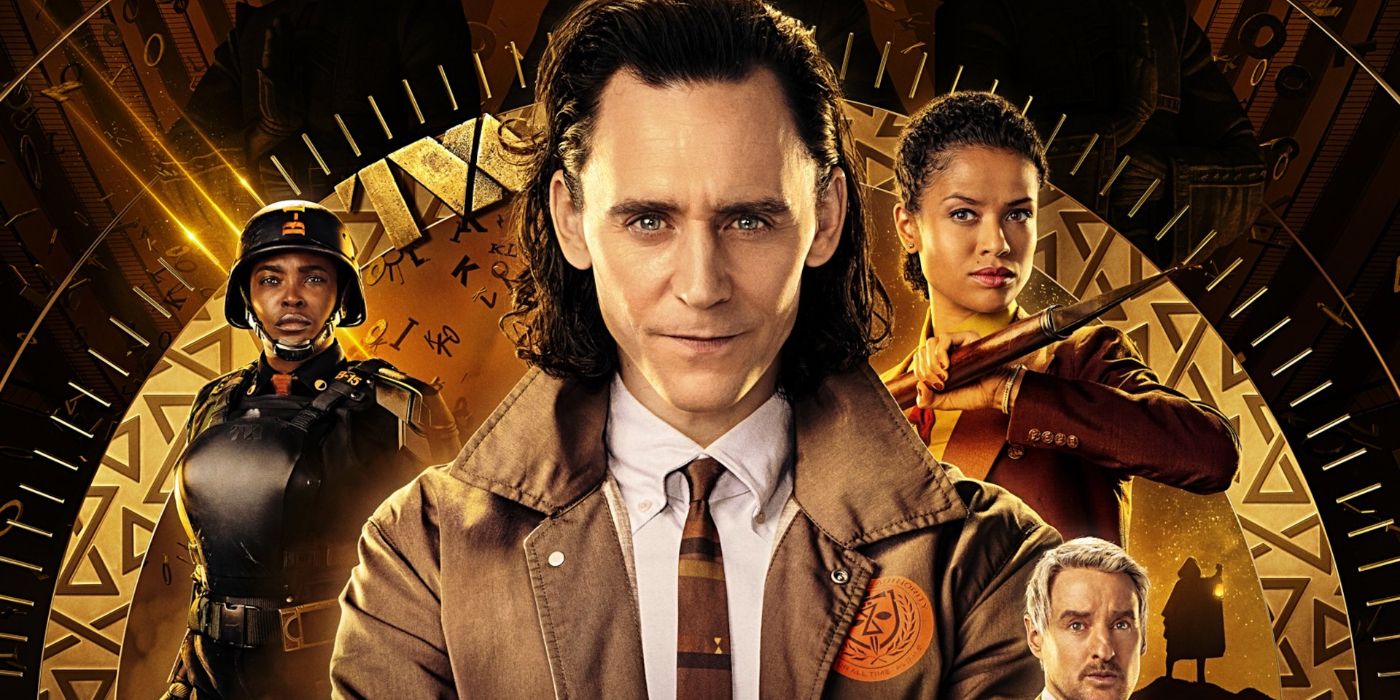
This article contains spoilers for episode four of Loki.
The fourth episode of Loki, "The Nexus Event" was a packed episode. It was full of action and drama as well as reveals and revelations for both the audience and the characters. It's one of those episodes that will change the course of the rest of this season of Loki.
Among those reveals was that of Loki's first-ever post-credits sequence. Marvel films have become known for their important mid-credits and post-credits scenes, with fans often reminding each other on social media not to leave the theatre until the credits are done. Both WandaVision and The Falcon and the Winter Soldier also included mid and post-credits sequences in their later episodes. Like its predecessors, Loki's first post-credits scene was important to the story, and did not disappoint.
RELATED: Fortnite Teases Loki Skin
In the final moments of the episode, Ravonna Renslayer "prunes" Loki, using a wand-like weapon to disintegrate him. Agents have been seen doing this to variants throughout the show so far, and Ravonna even ordered Mobius be pruned earlier in the episode, to Loki's horror. It was assumed before by most people involved that "pruning" a person instantly kills them.
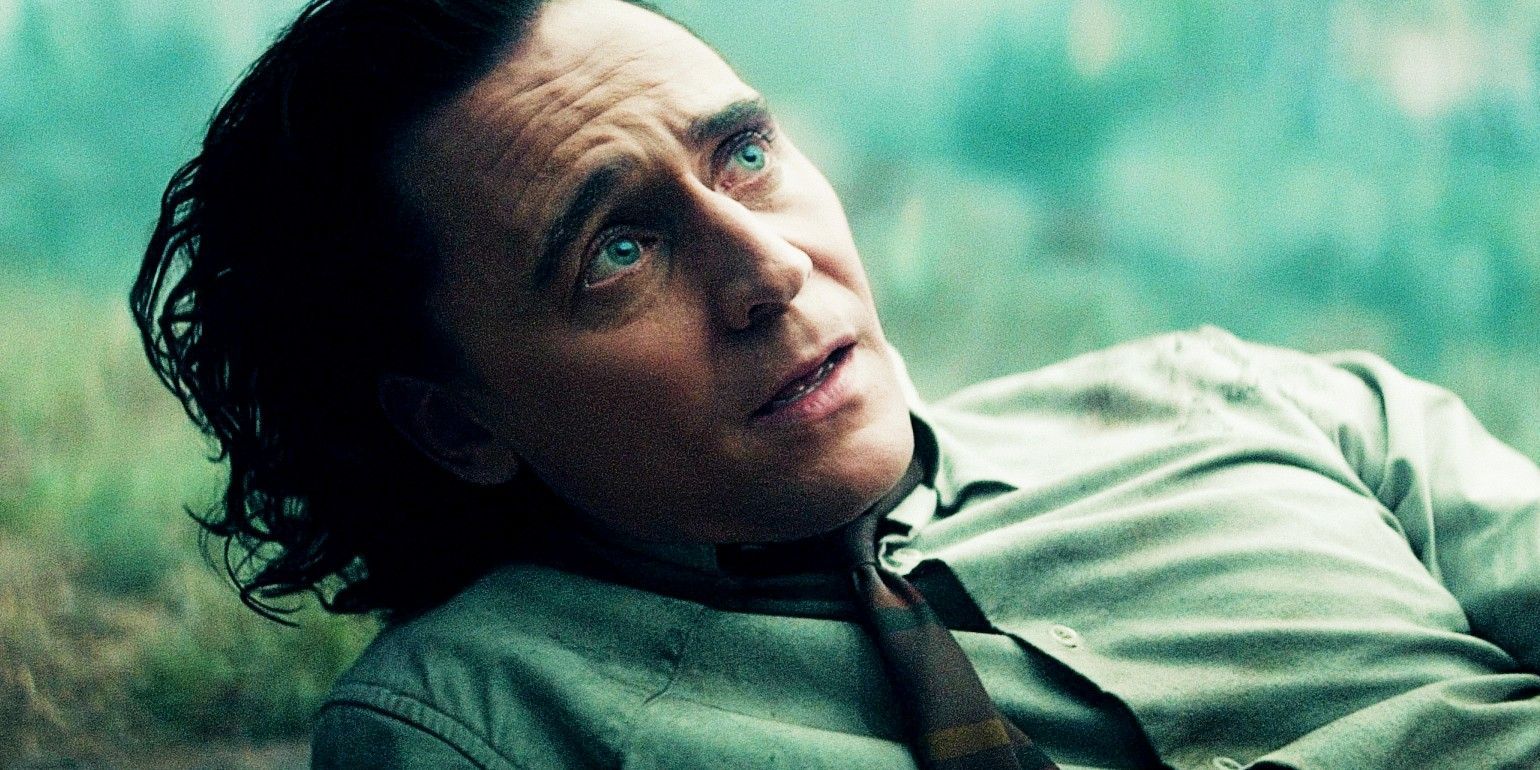
However, the post-credits scene reveals that Loki is not actually dead, instead opening on him lying on the ground in an unknown location and opening his eyes. "Is this Hel?" Loki wonders, referring to the realm of the dead in Norse Mythology, "am I dead?" He hears a voice say, "Not yet, but you will be unless you come with us." Loki looks up to see that he is in what looks like a destroyed city. Standing over him are three human--and one crocodile--alternate versions of himself. The scene ends there, leaving lots of room for speculation by fans until the next episode airs.
Obviously, one of the major revelations from this scene is that being pruned did not kill Loki. This could mean that everyone else who has ever been pruned, including Mobius, could still be alive as well. However, Loki is a demigod. Mobius earlier in the episode mentioned that on top of demigods, he had encountered Kree, Titans, and vampires in his work at the TVA. Is it possible that only super-powered or non-human creatures, like Loki and the others mentioned, survive being pruned? Or does it apply to humans as well?
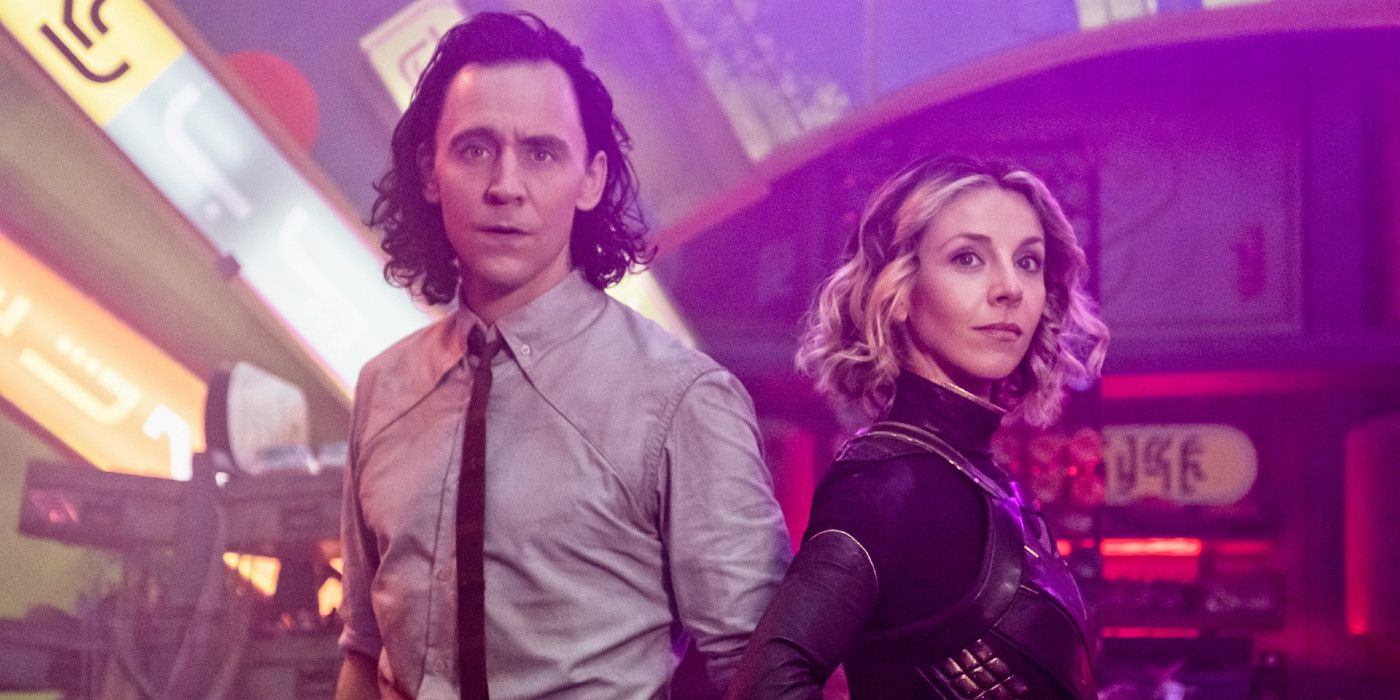
If everyone survives being pruned, are they all sent to the same place, or are they all sent to their own locations? Loki wakes up in a destroyed modern city. Behind his variants, a destroyed tower can be seen in the background that resembles the Avengers tower. If it is the Avengers tower, it could be that people who get pruned are sent to locations that are important in their history, or in the history of all versions of themselves. Each person who gets pruned could be being sent to their own location along with all other versions of themselves.
The different variants of Loki are, of course, another one of the major reveals from this post-credits sequence. Loki had already established that other versions of Loki exist. In episode two, Mobius shows Loki holographic images of previous Loki variants that the TVA had encountered. All of these variants were portrayed by Tom Hiddleston, still resembling the original Loki to various degrees. However, the existence of Sylvie established that not all versions of Loki have to look exactly like him.
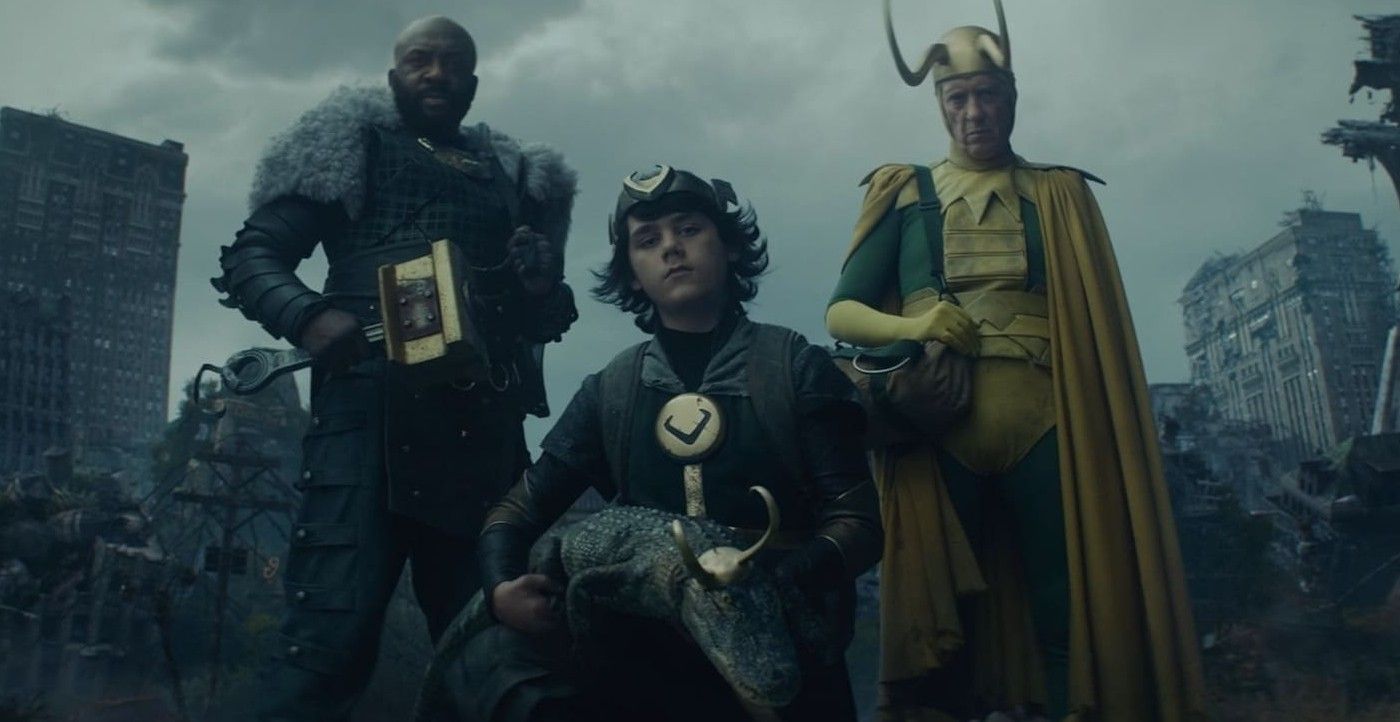
None of the Loki variants at the end of the episode resemble the original Loki. One of them, which appears to be a crocodile, is not even human. While they don't introduce themselves in "The Nexus Event," the three human Lokis are named in the final credits of the episode. Richard E. Grant plays "Classic Loki," Jack Veal plays "Kid Loki," and Deobia Oparei plays "Boastful Loki." It is unsure if that is what they go by among each other, or if these are just names to make it clear to the audience reading the credits that these are all Loki variants.
Classic Loki is an older man and is portrayed by Richard E. Grant, an acclaimed British actor who can be seen in Star Wars: The Rise of Skywalker, Logan, and Downton Abbey, among many other projects. Classic Loki appears to have been identified as such because he is wearing the "classic" original Loki costume from Marvel Comics. When Loki was first introduced in comic form, it was in this costume, as designed by the co-creator of the character, Jack Kirby. The costume is green and yellow, featuring a long yellow cape and a helmet with particularly tall curved horns.
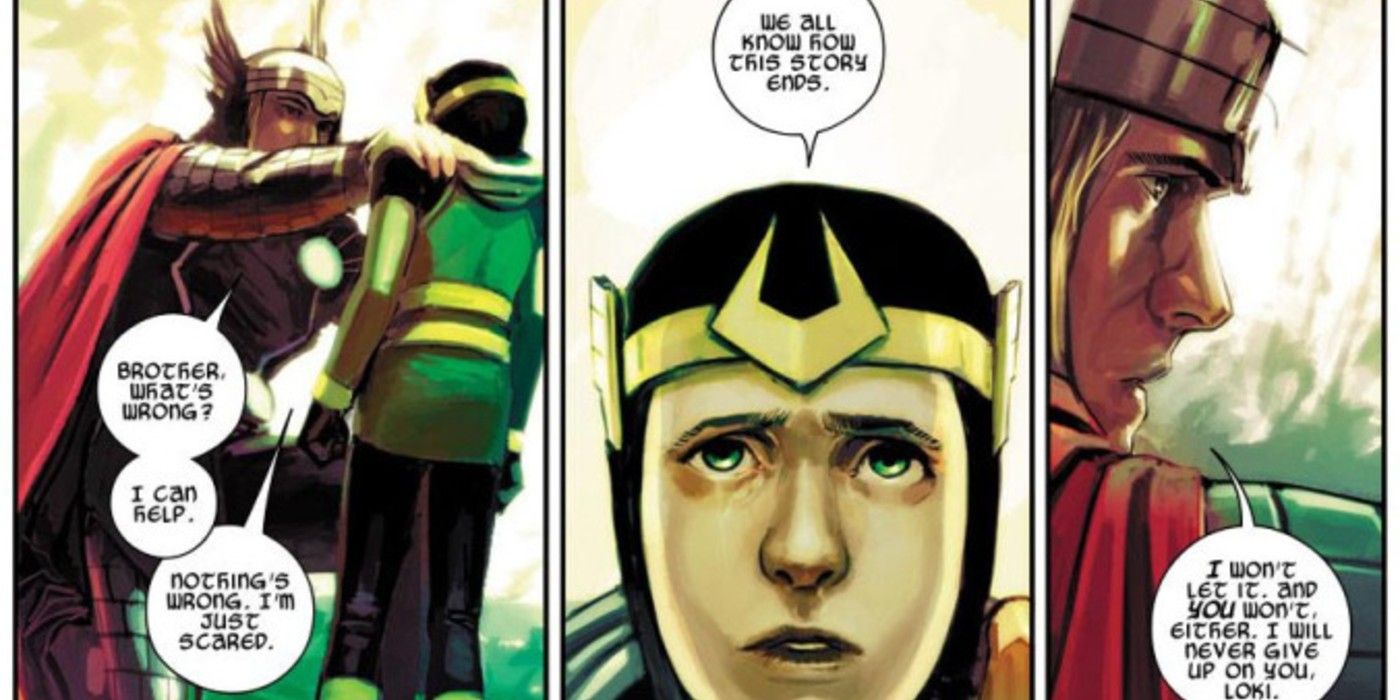
Boastful Loki is the most mysterious of the three, having no counterpart in the comics. This Loki is a large Black man, wearing green and black battle armor and grey fur around his shoulders. Boastful Loki is wielding a large hammer, one that resembles Thor's hammer, Mjolnir. While a 2020 Loki comics story has Loki able to lift his brother's hammer, it's unsure if that is the case here. It is possible that this variant of Loki was the brother deemed worthy to wield the hammer instead of Thor. It is also possible that he forged his own hammer, jealous of his brother.
Kid Loki, who true to his name is a child, is the variant that has been most established as his own character in Marvel comics. In the comics, Loki dies and is reborn on Earth. This Loki is simply a younger version of original Loki, but has no memories of his previous life. Thor finds him and tells him of his true identity, leading Kid Loki to travel to Asgard and essentially be given a fresh start to his life. Kid Loki later joins the Young Avengers, which could mean this variant has a future in the MCU. Although no Young Avengers project has been confirmed just yet, many Young Avengers characters have been or will be introduced to the MCU in Phase 4.
Loki's first post-credits scene was brief, but extremely important for the future of the series. It did an excellent job of setting up the next episode and inspiring theories and speculation from fans. The final two episodes of Loki have a lot of questions to answer and mysteries to solve based on this scene alone.
Loki is now streaming on Disney Plus.

